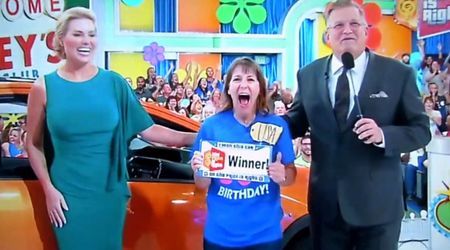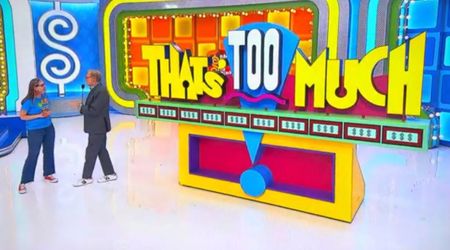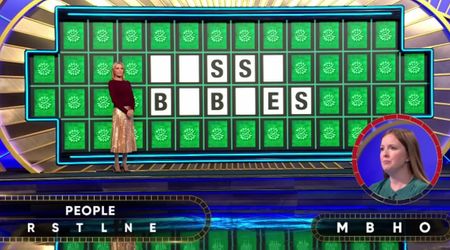Buying A Home? America's Top Lenders Are Offering Loans That Require 1% Down; What Are The Associated Risks?

In an effort to enhance accessibility to homeownership, two major lenders in the United States, the United Wholesale Mortgage and the Rocket Mortgage, have introduced home loan programs that only require a 1% down payment. These initiatives are designed to broaden homeownership opportunities for individuals with lower to moderate incomes who may encounter difficulties in saving for a conventional down payment.
While these programs offering low down payment options come with advantages and opportunities, it is crucial to carefully consider the related factors and risks.
United Wholesale Mortgage's 1% Down Loan Program
United Wholesale Mortgage, the nation's largest home mortgage lender, has recently launched a loan program that only necessitates a 1% down payment. Under this program, borrowers are expected to contribute 1% of the sale price of the home, and United Wholesale Mortgage contributes an additional 2%, resulting in a minimum total down payment of 3%. The objective of this program is to expand homeownership opportunities for families who may encounter challenges in saving for a conventional down payment.
Rocket Mortgage's One+ Program

Rocket Mortgage, a prominent lender, has also introduced its own low down payment program known as One+. Eligible borrowers have the option to put down as little as 1% for a conventional loan. Rocket Mortgage supplements this by contributing an additional 2% of the loan amount, allowing borrowers to achieve a combined maximum down payment of 4.99%. The One+ program eliminates the need for private mortgage insurance (PMI), which is typically required when the down payment is less than 20% of the property's purchase price.
Benefits and Opportunities for Borrowers
The 1% down loan programs present several benefits and opportunities for borrowers. Firstly, these programs make homeownership more affordable by reducing the upfront costs associated with purchasing a home. By requiring only a minimal down payment, borrowers can enter the housing market earlier and expedite their progress towards achieving their down payment savings goals.
Risks of Low Down Payment Loans
While low down payment loans offer certain advantages, it is important for borrowers to thoroughly study the risks. One primary consideration is the potential for higher monthly payments. With a lower down payment, the loan amount and the interest paid over the loan term are higher compared to a larger down payment. Consequently, borrowers may face elevated monthly mortgage payments, which can strain their monthly budget.

Another significant factor to consider is the risk of being "underwater" on the mortgage. When borrowers make a minimal down payment, they have less equity in the home. In the event of a housing market downturn or if the borrower needs to sell the property in the future, they may owe more on the mortgage than the current value of the home. This circumstance can make it challenging to sell the property or refinance the loan, potentially trapping the borrower in a difficult financial situation.
Low down payment loans may also impose more stringent credit score requirements and income restrictions. Borrowers must have a minimum credit score of 620 and cannot earn more than 80% of their area's median income. These requirements ensure that borrowers possess adequate financial stability to manage homeownership responsibilities, but they may limit the eligibility of some potential homebuyers.

Alternatives and Comparison with Other Loan Options
It is essential to explore alternative loan options and make comparisons. Several alternatives are available for borrowers seeking lower down payments:
FHA loans: These loans mandate a minimum down payment of 3.5% and are backed by the Federal Housing Administration.
USDA loans: Geared towards rural homebuyers, USDA loans offer a 0% down payment option for eligible borrowers. Income requirements must be met to qualify.
VA loans: Exclusively available to qualified military service members and veterans, VA loans provide the opportunity for 0% down payment financing.
Conventional loans with low down payment options: Various conventional loan programs, such as HomeReady by Fannie Mae and Conventional 97, offer down payment options as low as 3%.

These programs aim to promote homeownership and enhance accessibility for lower- and moderate-income borrowers. However, borrowers must carefully evaluate the benefits and risks associated with low down payment loans, consider alternative options, and make a decision that aligns with their financial goals and circumstances.























